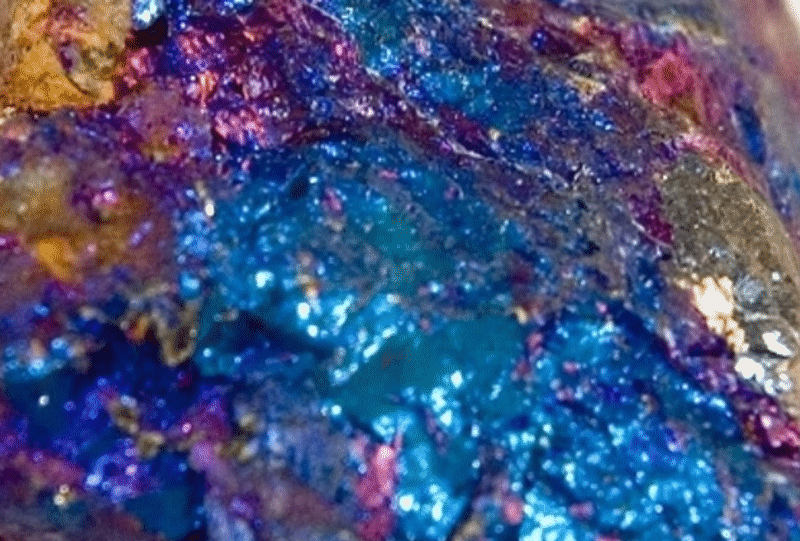The Economic Significance of Copper Minerals – With Reference to ASX:MOD
There are hundreds of copper minerals, many of which cannot be treated. It is important to know what copper minerals occur in a deposit before assigning value to the deposit. Even if the copper mineral/s in the deposit can be treated, the cost may be high and therefore potentially uneconomic.
Further, different copper minerals have dramatically different copper contents. This is shown in the table below, which lists the most commonly exploited copper minerals. Millennia ago, native copper (approaching 100% copper) was mined and formed into weapons, utensils and the like. Thus the Copper Age; 3500 to 2300BC. Followed by the Bronze Age, where alloys of copper and tin (bronze) were tougher than either metal alone. Today, native copper is rare although it sometimes accompanies other copper minerals in small amounts.
Chalcopyrite is the most common copper mineral in many deposits. But even though the copper content is low, it is easy and cheap to treat. Large chalcopyrite copper deposits can be economic at copper grades down to 0.25%. Chalcopyrite can be accompanied by bornite in porphyry copper deposits. These minerals are often replaced by chalcocite and covellite in the supergene (near surface, oxidized) environment. Such supergene deposits can be very high grade, often such that the ore can be direct shipped without any beneficiation. Extremely profitable, think ASX: SFR in the early days.
| Mineral | Chemical Formula | Copper % |
| Cuprite | Cu2O | 88.8 |
| Chalcocite | Cu2S | 79.9 |
| Covellite | CuS | 66.5 |
| Bornite | Cu5FeS4 | 63.3 |
| Malachite | CuCO3Cu(OH)2 | 57.5 |
| Azurite | Cu3(CO3)2(OH)2 | 55.3 |
| Tennantite | Cu12As4S13 | 51.6 |
| Chrysocolla | Cu2H2Si2O5(OH)4 | 38.1 |
| Chalcopyrite | CuFeS2 | 34.6 |
| Tetrahedrite | (Cu, Fe)12Sb4S13 | 32.6 |
Bornite, also known as peacock ore, is copper red when fresh but rapidly oxidises to iridescent blue and purple
Conclusion
It is important to know the mineral composition of a newly discovered copper deposit before making an investment decision.
An example is Mod Resources Ltd (ASX: MOD). On 22 June 2016 the company released drilling results. But, importantly, also the mineralization style and the copper minerals present. They reported two mineralization types; vein and disseminated chalcopyrite, and vein hosted bornite and covellite.
The former typically grades >1.0% copper over widths often in the 10’s of metres. The latter can often approach bonanza grades because of the high copper content of the minerals. Also, high silver grades are often associated with bornite, as is the case for MOD.
In sum, the MOD mineralization will be economic to treat if the tonnage is sufficient. This conclusion would not be possible without an understanding of the copper minerals that comprise the mineralization.
Read more about copper
NOTE
In the table above some minerals, such as tetrahedrite, can have varying proportions of elements in the crystal structure. The formulae I have used are the most usual.

